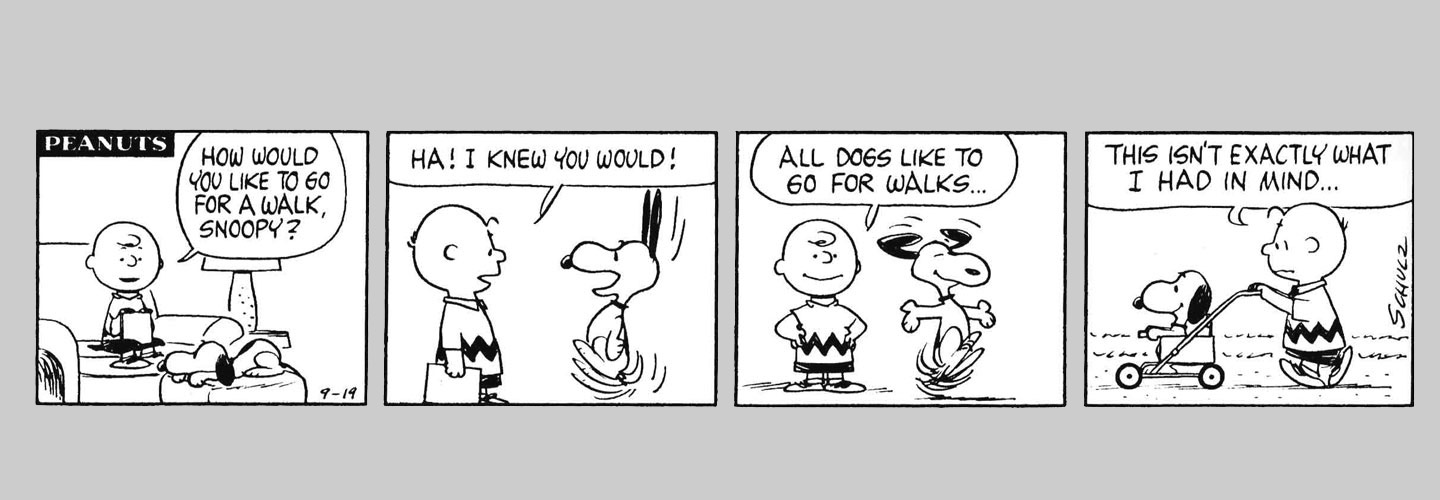You have an amazing skill that you use dozens of times every day, and you probably never even think about it. When you see pictures and words together—as you do in an advertisement or on a cereal box—you put them together to create meaning. You “read” the pictures along with the words.
Cartoonists make special use of this skill. In a cartoon or comic, each panel contains words and images that stand for one moment in time. When read in sequence, the panels tell a story. This kind of artwork is called sequential art.

